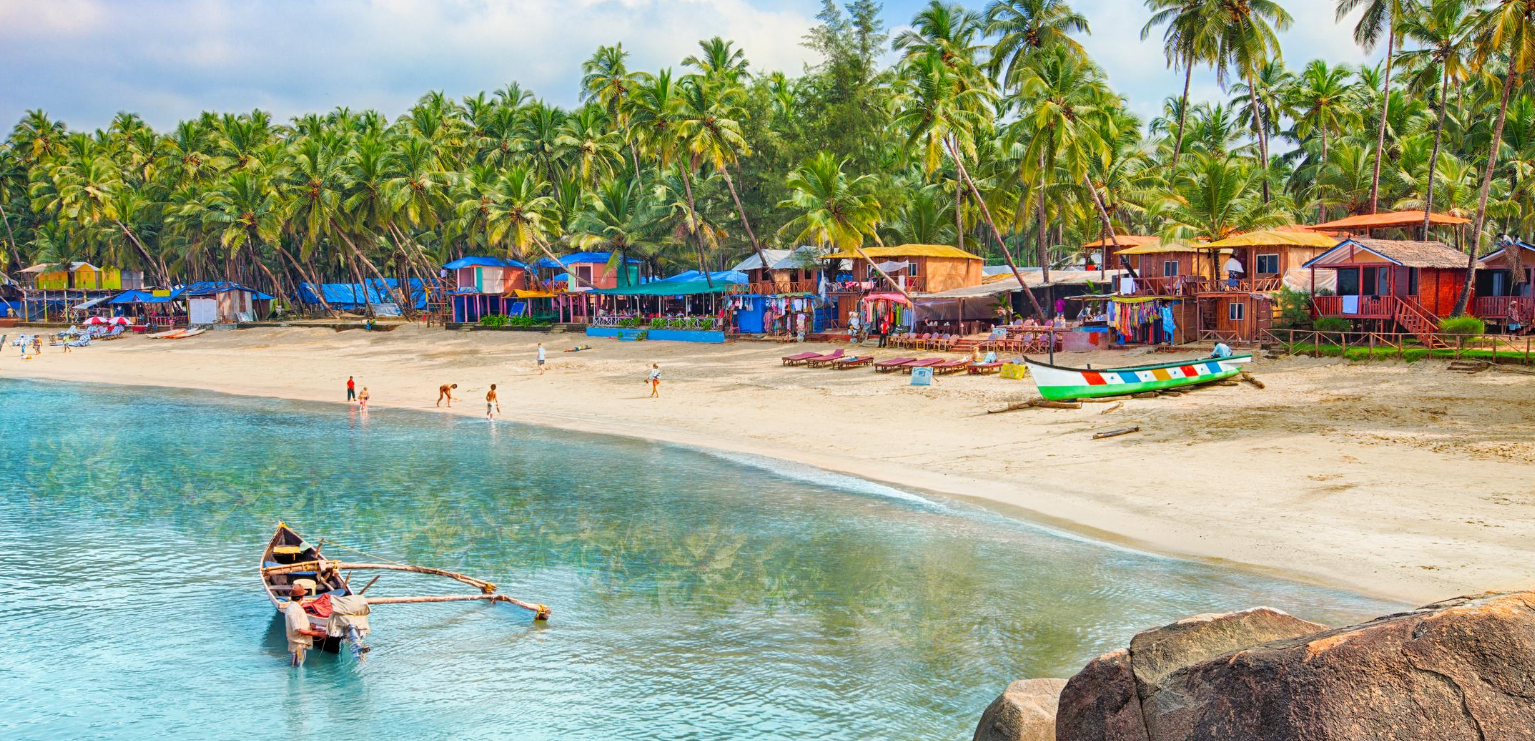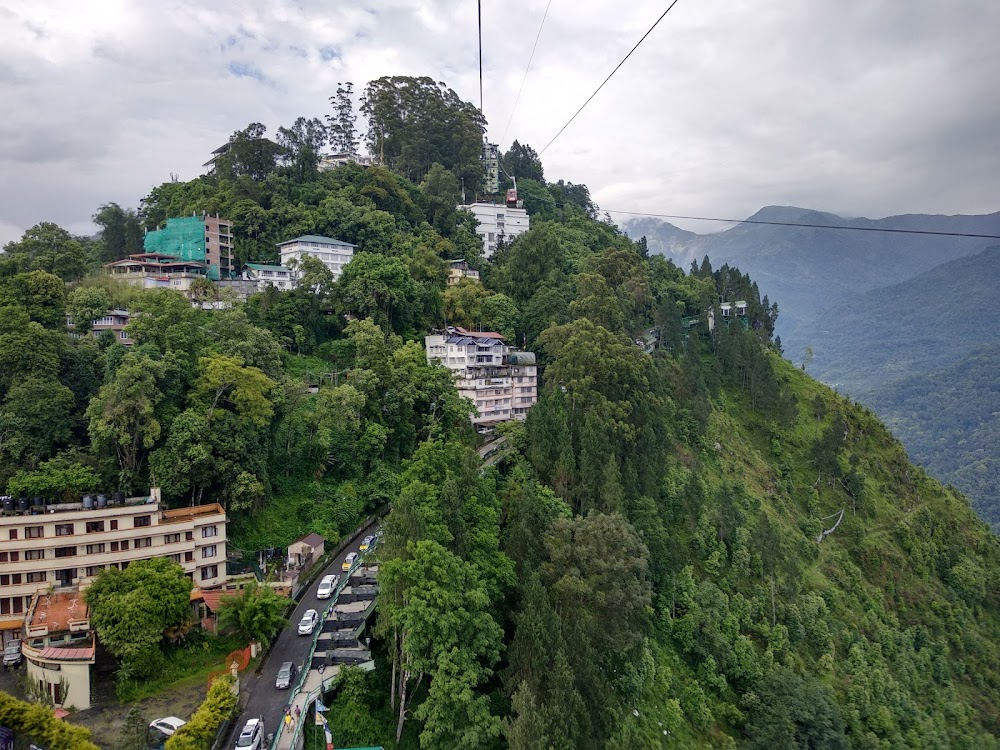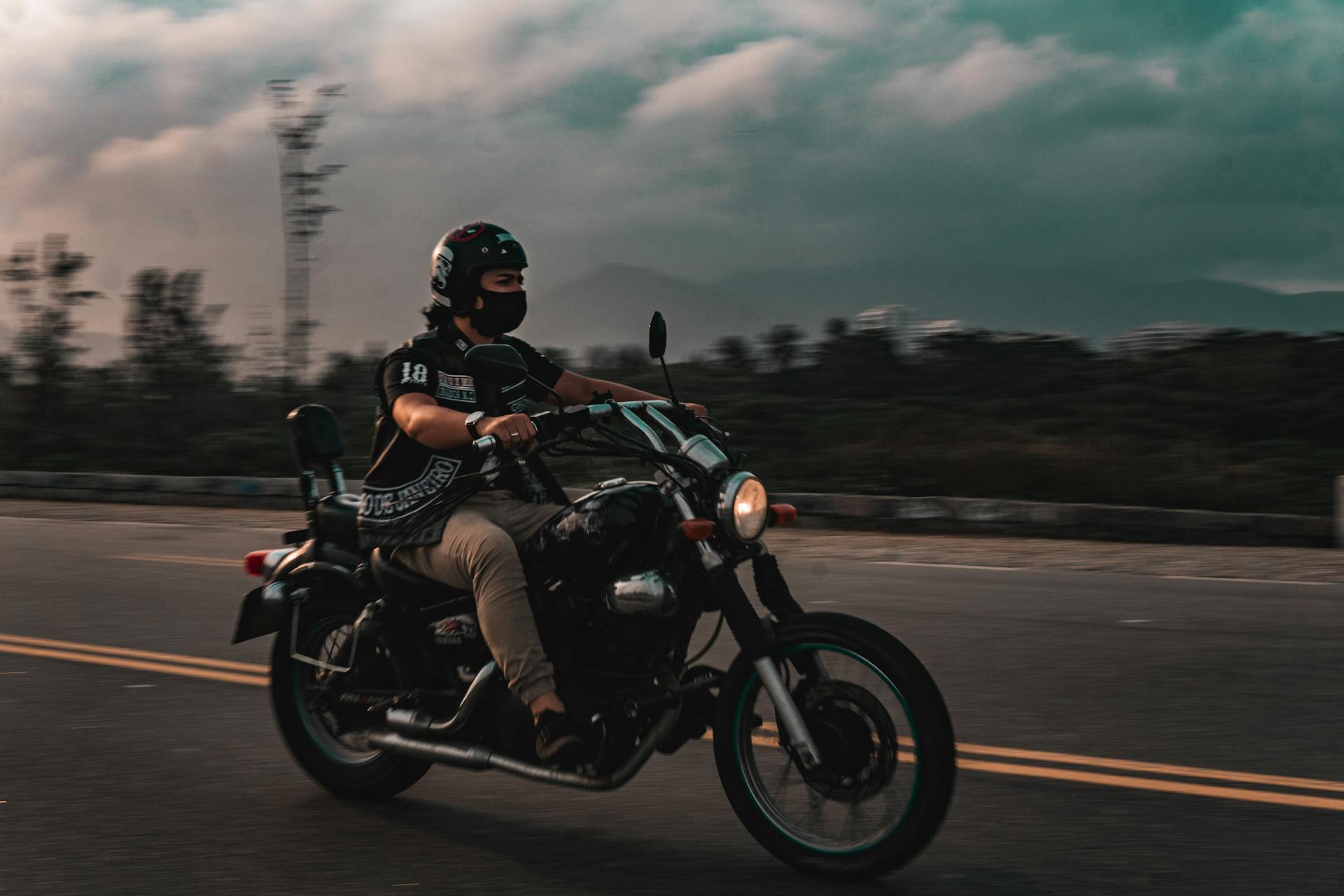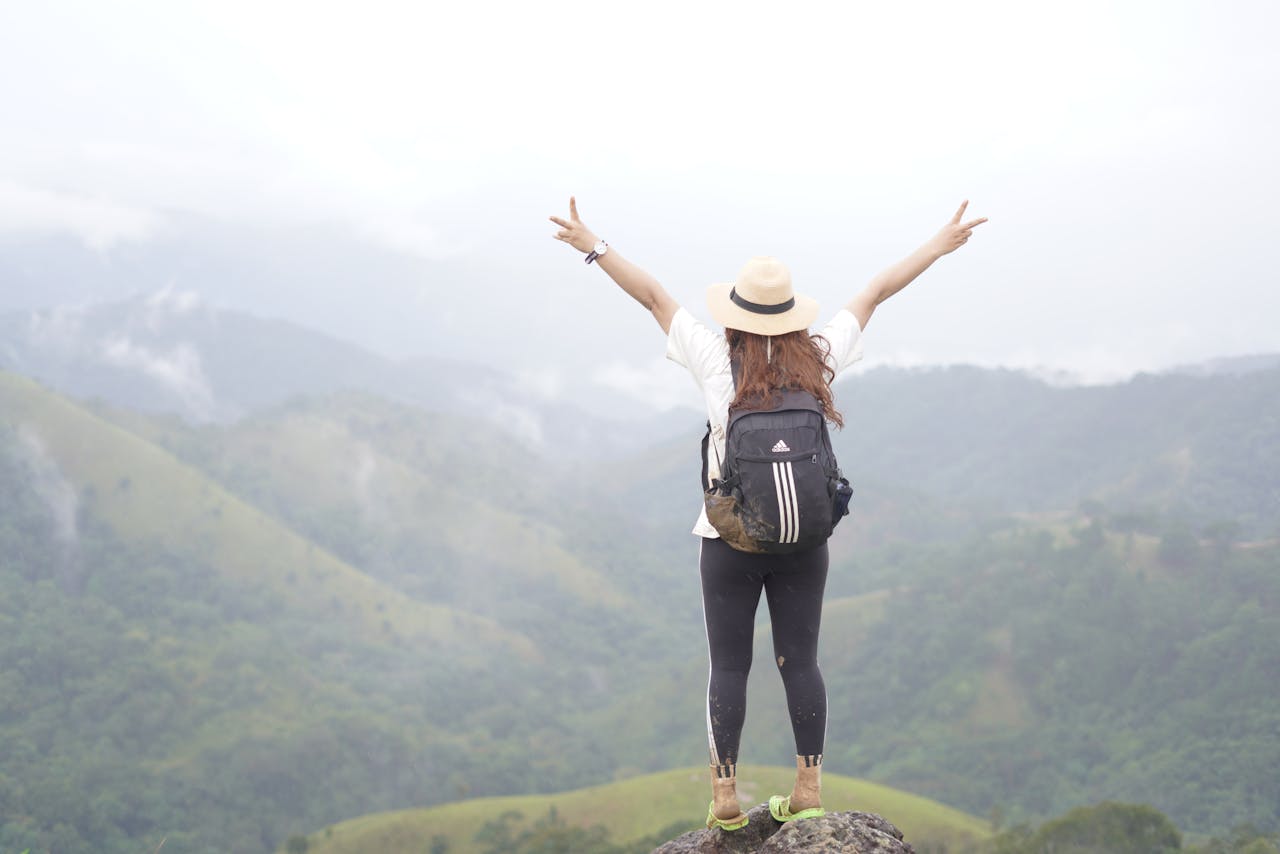Planning the perfect trip involves more than just choosing a destination and booking flights. The experience can quickly turn stressful if you’re not well-prepared, especially when considering the various safety aspects of traveling. Whether you’re going on a solo adventure, a romantic getaway, or a family vacation, proper planning is the key to ensuring a smooth, enjoyable, and safe trip.
In this guide, we will walk you through the steps to plan your trip with safety in mind, while also maximizing enjoyment and minimizing risks. From the very first step of choosing your destination to managing health precautions on the road, we’ll cover everything you need to know for a successful travel experience.
Step 1: Research Your Destination Thoroughly
Before embarking on any journey, research should be your first priority. Understanding your destination not only enriches your travel experience but also ensures you are prepared for any safety concerns. Each country and region has its own culture, customs, and safety levels. Some areas might have local health risks, while others may have areas that are known for higher crime rates.
Key things to research:
- Cultural norms: Be aware of the local customs, traditions, and etiquette. Understanding the dos and don’ts can help you avoid embarrassing or offensive situations.
- Safety concerns: Check travel advisories from your government or reputable sources to see if any areas are deemed unsafe or have specific warnings.
- Local scams or crimes: Familiarize yourself with common scams in the area and how to avoid them, such as pickpocketing or fraudulent taxi services.
- Weather conditions: Research the best time of year to visit based on weather patterns. Avoid going to places during extreme seasons (like monsoon or peak summer) unless you’re prepared.
Step 2: Secure Travel Insurance
Travel insurance is an essential part of trip planning, ensuring that you’re protected in case something goes wrong. Insurance can cover various issues, from missed flights to medical emergencies, or even cancellations due to unforeseen events.
What to look for in travel insurance:
- Medical coverage: Ensure that your policy includes medical coverage for illnesses or accidents abroad. This includes coverage for evacuation if necessary.
- Trip cancellation: In case you need to cancel your trip for personal reasons or due to a natural disaster or other unforeseen events.
- Lost luggage or theft: Coverage for lost luggage or items stolen during your travels is vital for replacing essential items.
- Adventure activities: If you’re planning to partake in activities like scuba diving, hiking, or skiing, ensure your insurance covers these high-risk activities.
Step 3: Create a Detailed Itinerary
While it’s important to remain flexible during your trip, having a detailed itinerary will help you stay organized and maximize your travel experience. An itinerary will ensure you know where you’re going, what you’re doing, and when you’re doing it.
What to include in your itinerary:
- Flight details: Note flight numbers, times, and booking references. Keep a copy of your e-tickets or physical tickets on hand.
- Accommodation addresses: Have the addresses of where you’re staying, including phone numbers and email addresses for easy contact in case of emergencies.
- Transportation arrangements: Whether it’s a rental car or local public transport, knowing how you’re getting around is crucial for avoiding confusion.
- Activities and tours: Schedule activities like guided tours, museum visits, or hikes in advance so you don’t miss out. Also, leave some downtime for spontaneity.
Step 4: Pack Smart and Light
Packing is often seen as one of the most stressful parts of preparing for a trip. However, packing light is not just about convenience — it’s also about safety. Having fewer items means fewer things to keep track of, and it’s easier to move around, especially in crowded places.
Tips for efficient packing:
- Clothing: Pack versatile, breathable, and weather-appropriate clothing. If you’re traveling to a hot climate, lightweight cotton or linen fabrics are best. If you’re traveling to a cold region, layer clothing to stay warm without overpacking.
- Essential items: Don’t forget your passport, travel insurance details, medications, and any necessary travel documents. Make photocopies of your important documents and store them separately in case they are lost.
- Travel accessories: Anti-theft backpacks, power banks, and water bottles are great for enhancing your travel experience.
- Health and safety items: A basic first-aid kit, sunscreen, bug spray, and hand sanitizers are must-haves.
Step 5: Stay Connected and Share Your Plans
Traveling can often mean disconnecting from the usual routine, but it’s important to stay in touch with loved ones back home. This not only keeps them informed but also helps ensure your safety. Share your detailed itinerary, including accommodations and activity plans, with a trusted friend or family member.
Staying connected:
- International phone plans: Consider purchasing a local SIM card or using international phone services to maintain communication.
- Emergency contacts: Keep a list of local emergency numbers like the police, hospital, and embassy. Have your embassy’s contact information handy, especially if you’re traveling to a foreign country.
- Check-ins: Regularly check in with your loved ones or let them know your whereabouts at certain points during the day.
Step 6: Be Mindful of Your Personal Belongings
When traveling, especially to busy or unfamiliar areas, it’s easy to become a target for petty theft. Keeping your belongings secure will help ensure your trip is both enjoyable and safe.
How to protect your valuables:
- Use anti-theft bags: Bags with hidden zippers or locks can help deter pickpockets.
- Money belt or neck pouch: Keep your passport, credit cards, and extra cash close to your body in a money belt.
- Keep valuables locked away: In hotels, use the in-room safe or a lockbox for securing your passport, laptop, and other valuable items.
- Avoid flaunting expensive items: Jewelry, cameras, or expensive electronics can attract unwanted attention in certain areas. Keep them discreet and only use them when necessary.
Step 7: Know Health and Safety Precautions
One of the most important aspects of preparing for a trip is safeguarding your health. This includes understanding potential health risks, vaccinations, and how to manage your well-being while abroad.
Health tips for travelers:
- Vaccinations: Depending on your destination, you may need to get certain vaccinations, such as Hepatitis A or B, Typhoid, or Yellow Fever. Visit a travel clinic well in advance of your trip.
- First aid kit: Pack a small first aid kit with essential items like pain relievers, band-aids, allergy medications, and disinfectants.
- Food and water precautions: In some regions, drinking tap water may not be safe. Stick to bottled water and avoid street food unless you’re certain it’s prepared in hygienic conditions.
Step 8: Respect Local Laws and Customs
Understanding the local culture and abiding by the laws is key to a hassle-free trip. In some destinations, certain behaviors that may be acceptable in your home country could be illegal or offensive.
Respect the culture:
- Dress codes: Some countries, particularly in the Middle East and Southeast Asia, require more modest clothing. Be sure to check before traveling to avoid discomfort or disrespect.
- Local laws: Read up on local laws regarding alcohol consumption, drug use, and public behavior. In some countries, breaking these laws can result in serious consequences.
By following these detailed steps, you’ll be well on your way to planning the perfect trip, one that is safe, organized, and full of wonderful experiences. Whether you’re exploring new cultures, relaxing on a beach, or hiking through breathtaking landscapes, thorough planning allows you to enjoy your journey to the fullest.









Leave a Reply
View Comments